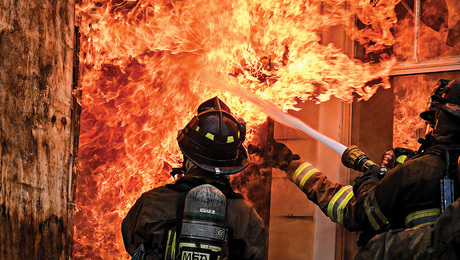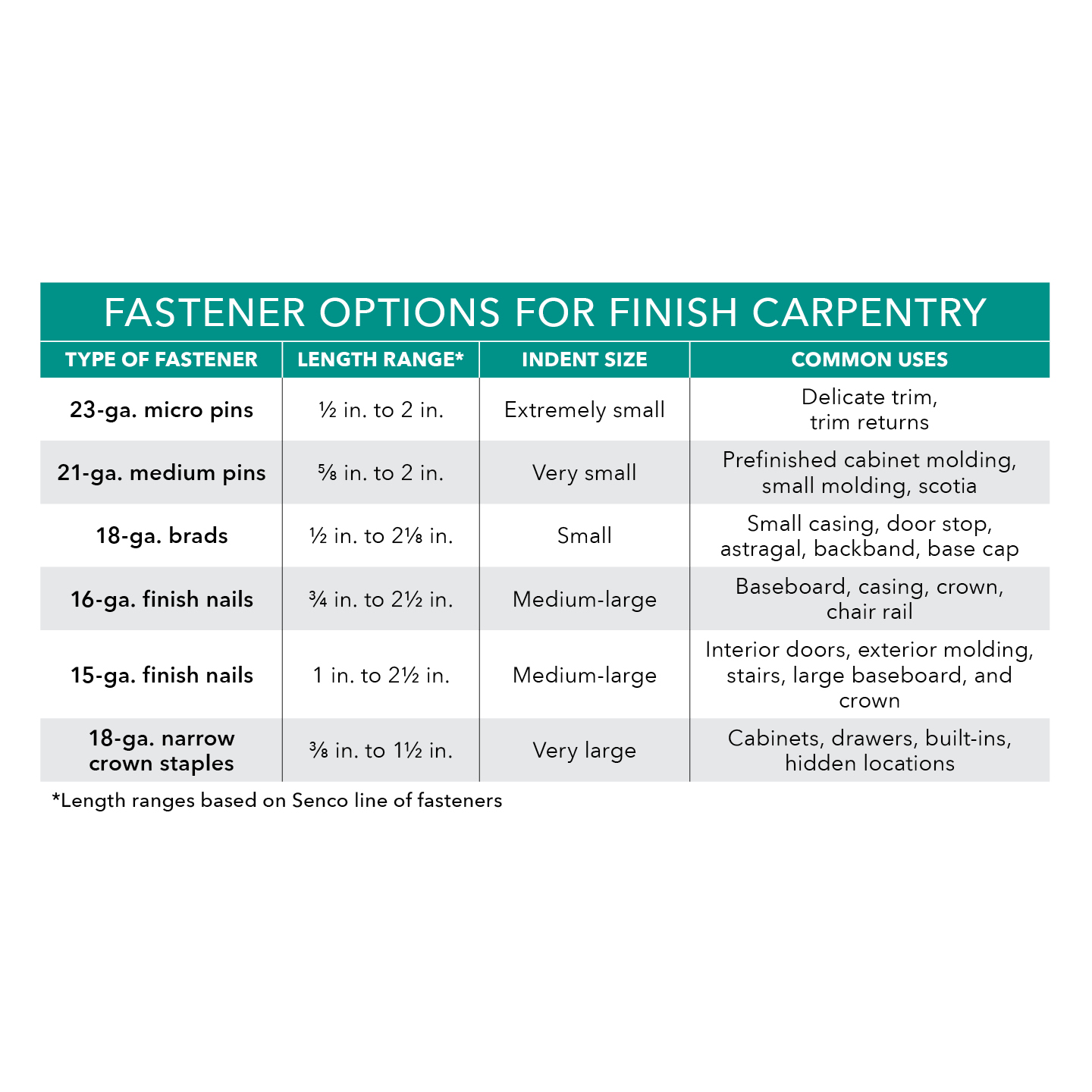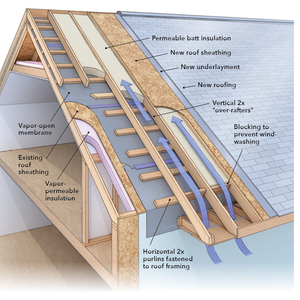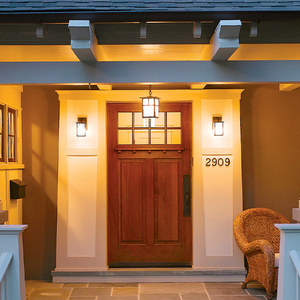I have some dips in my concrete floor slab, where water puddled before we got under roof, and I want to level up before flooring. Recommend me a material and technique for getting something in place so things are reasonably planar.
Discussion Forum
Discussion Forum
Up Next
Video Shorts
Featured Story

Smart construction decisions and material choices can significantly improve occupant safety and survival in the event of a fire in the home.
Highlights
"I have learned so much thanks to the searchable articles on the FHB website. I can confidently say that I expect to be a life-long subscriber." - M.K.
Fine Homebuilding Magazine
- Home Group
- Antique Trader
- Arts & Crafts Homes
- Bank Note Reporter
- Cabin Life
- Cuisine at Home
- Fine Gardening
- Fine Woodworking
- Green Building Advisor
- Garden Gate
- Horticulture
- Keep Craft Alive
- Log Home Living
- Military Trader/Vehicles
- Numismatic News
- Numismaster
- Old Cars Weekly
- Old House Journal
- Period Homes
- Popular Woodworking
- Script
- ShopNotes
- Sports Collectors Digest
- Threads
- Timber Home Living
- Traditional Building
- Woodsmith
- World Coin News
- Writer's Digest


















Replies
Theres a lot of leveling compounds out there but the portland based varities I think do better. Ardex is my top pick, HD carries something that's supposed to be portland as well but I haven't tried. They don't sand too well, so get them right when you put them down. Just skim everything you know is low, you can screed it to some extent like concrete, and you can smooth it with a trowel or even a float, but when it starts to set, you don't have a lot of time. They are "self leveling" to an extent. Option 2 is let the flooring installers deal with it. They do it all the time, why put the headache on yourself?
"The child is grown / The dream is gone / And I have become / Comfortably numb " lyrics by Roger Waters
Surface tolerances for laminate flooring are slight. I used quite a few gallons of mix of a Mapei (sp?) product before installing that flooring over slab. I got it from a flooring supply house. It mixes easily (mechanically) and levels out well. It does need to be troweled.
Mapei is excellent -- harder than Ardex. It shouldn't need to be trowelled if the mix is right -- I used to mix in a 5 gallon bucket with a power mixer, it just held one bag and the correct amount of water.Wait until the surface water has gone off it then smooth out the edges because they stay about 1/8" high otherwise and if the concrete is very dry, damp it down first -- I used to prime and pour the mapei before the primer had dried.I knocked any pips off the surface with an orbital flat sander and 60 grit.If the dip you are filling is more than about 3/8" deep you can mix some pea shingle with it but you lose the self-levelling to a large extent.
IanDG
Thanks for the tips. I didn't think about dampening the concrete. I wonder if I missed that in the instructions. And you're right about troweling. I said it had to be troweled, but I suppose I only troweled it because I hadn't used it before and wanted to fiddle with it. It is kind of fun to trowel -- it's got a great texture for working. I wish concrete was as easy to work with.
Another point to add: I used a 6' straight edge to check for low spots and also used the edge to gauge the filler as I poured it down.
I used it extensively for levelling concrete for parquet and, as you know, the mix is calculated so that there's just enough water to hydrate the cement so if the concrete is bone dry it can suck the water out of the mix, causing it not to hydrate properly and not to flow as well as it should.I always primed the slab, using a mixture of PVA adhesive and water and I also used that mix for the Mapei. I never had separation, even when it was feathered out to nothing at the edges.The priming also helps to lay the dust.
IanDG
I use Custom's LevelQuick for my SLC. But I have a couple of tips.
First, use the latex primer which is not supplied but is recommended. It will help the SLC bond well.
Second, one guy can only do about 100 square feet, so if your slab is more than this, you will need help.
Third, follow the instructions. The stuff can not be mixed for more than about 2 minutes, and will start to set up in about five. So you have a total of 7 minutes to mix and spread the stuff.Thats why I have lotsa help for large areas. Four or five buckets, four or five drill mixers, and about 10 guys.
Fourth, you might need a pole squeegie, a type of long handled tool which spreads the stuff around.
Fifth, spread it and forget it. Do not under any circumstances try to get in there with rubber boots and trowel it down. It will find its own level if you leave it alone. If there are minor dips or humps, you can take the high spots down with a grinder and fill the dips with Custom's QuickFix the next day.
Good Luck!
Regards,
Boris
"Sir, I may be drunk, but you're crazy, and I'll be sober tomorrow" -- WC Fields, "Its a Gift" 1934